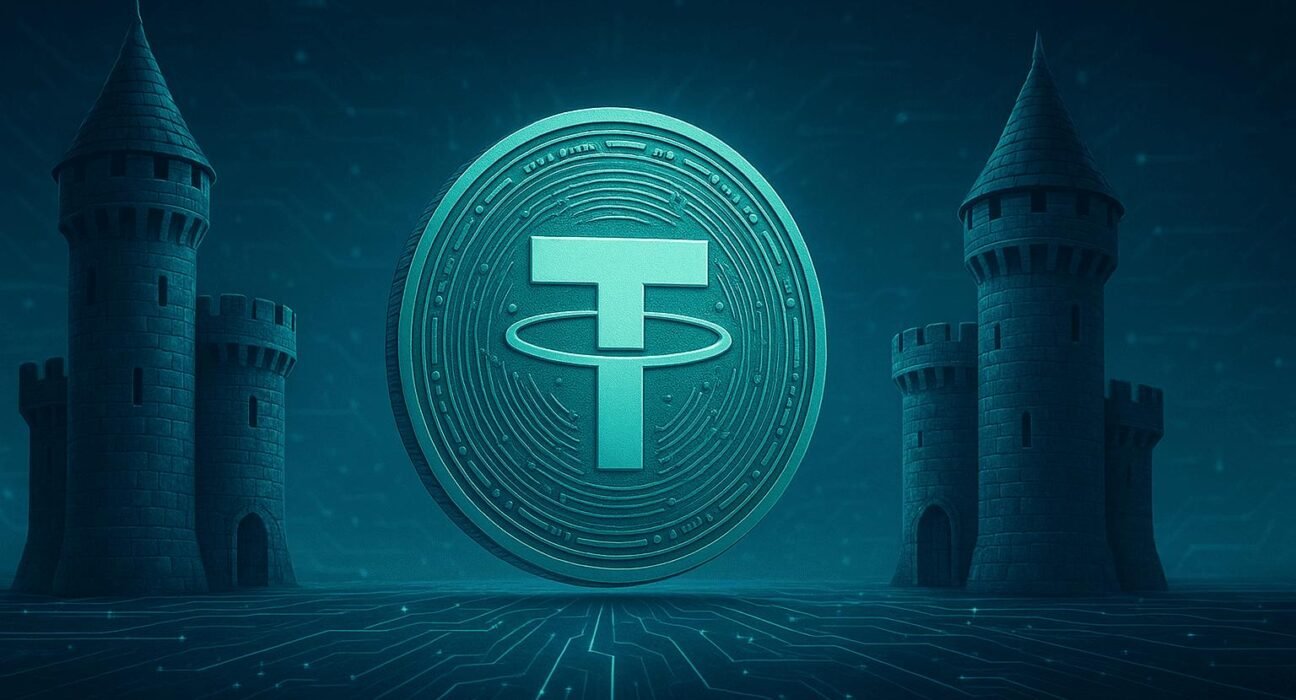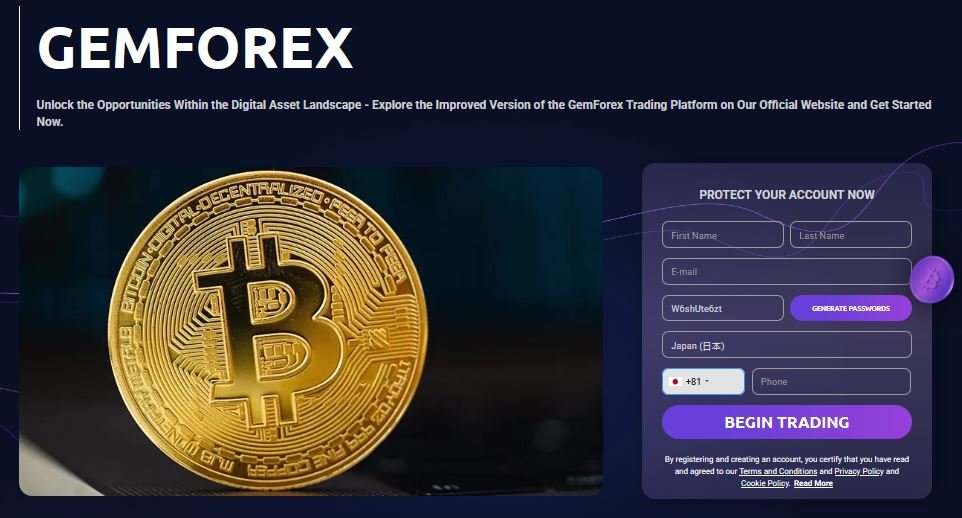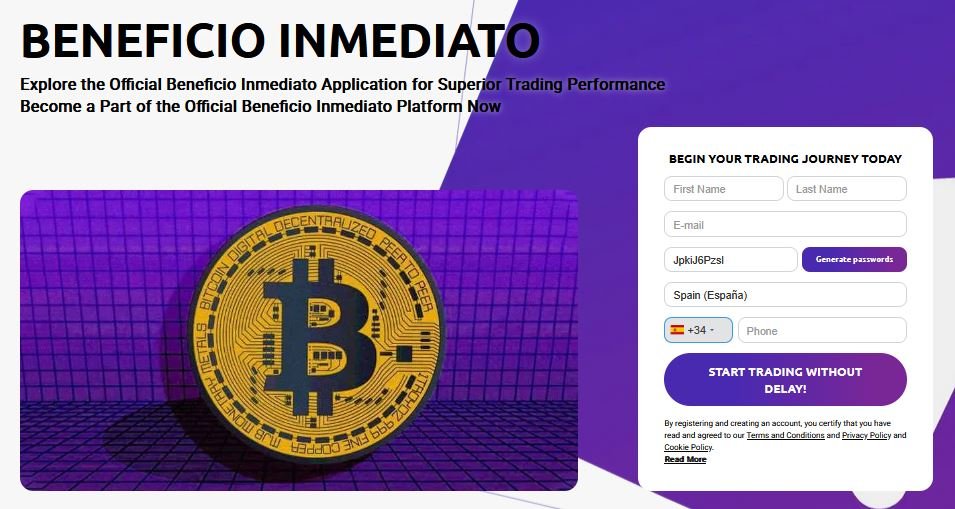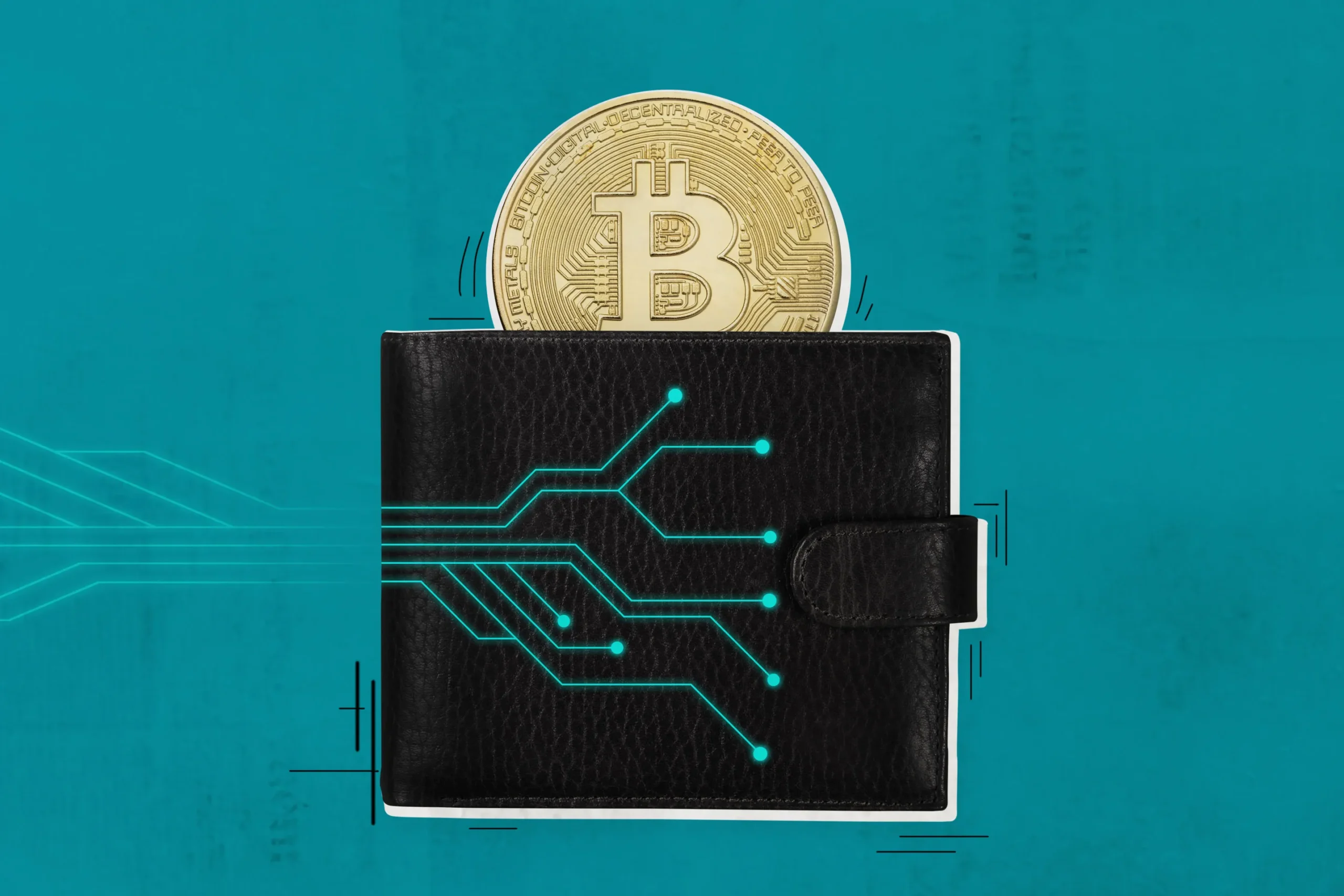USDT and Tether have new digital fiefdoms in RGB and Polygon

Tether, the USDT issuing company, announced two strategic moves that expand the reach of its assets.
On the one hand, the launch of USDT on RGB, a protocol that promises smart contracts in the Bitcoin ecosystem. On the other hand, the upgrade of its stablecoin and gold-backed token to native versions on the Polygon network.
USDT on Bitcoin via RGB
CryptoNews reported that RGB released its version 1.0 on August 1. On the 12th of the same month, it was successfully moved for the first time from Ethereum to RGB across a bridge.
RGB is based on a smart contract system that works on the Bitcoin base layer and uses the Lightning Network (LN) and other L2 to execute those off-chain contracts (outside the chain), betting on private and programmable digital asset broadcast.
Thus, USDT will be able to coexist along with bitcoin in the same purse that implements RGB support, where you can simultaneously have bitcoin and USDT on the same network and interface.
As Tether explained, the integration of USDT to RGB aims to allow the token to be negotiated on this protocol, which operates on Bitcoin.
From Tether, they emphasize that this step represents a step towards the existence of stablecoins – truly native – in Bitcoin.
Paolo Ardoino, Tether’s CEO, said that Bitcoin deserves a stablecoin that feels really native, light, private, and scalable.
Tether renews its presence on the Polygon network.
In parallel, Tether announced the update of its stablecoin and token Tether Gold (XAUt) on the Polygon network.
There, USDT went on to be called USDT0, using LayerZero’s OFT standard and backed one-to-one with USDT on Ethereum.
In this context, LayerZero’s OFT would allow USDT, originally an ERC-20 token on Ethereum, to move natively to Polygon and be named USDT0, maintaining a one-on-one backup with Ethereum’s USDT.
The role of the OFT standard would be to facilitate this interoperability through a burning and minting mechanism, ensuring that the total supply is consistent and that each USDT0 is directly supported by a USDT in Ethereum.
According to the company’s data, more than $1.3 billion in liquidity and six million purses in Polygon have already migrated to this new version.
This change eliminates the need for wrapped tokens or external bridges, reducing technical and security risks in the transfer of funds.
In addition, XAUt0, the multi-string version of Tether Gold, which introduces for the first time in Polygon an asset backed by gold, is added. This enables its use in decentralized finance (DeFi) protocols for purposes such as lending, market risk coverage, or diversification of investment portfolios.
In short, Tether expands its presence on two infrastructures of the cryptocurrency ecosystem.
While RGB opens the door to a USDT anchored in Bitcoin security, Polygon strengthens its role as a space for DeFi apps and payments with immediate liquidity, both in digital dollars and in physical gold-backed assets.









